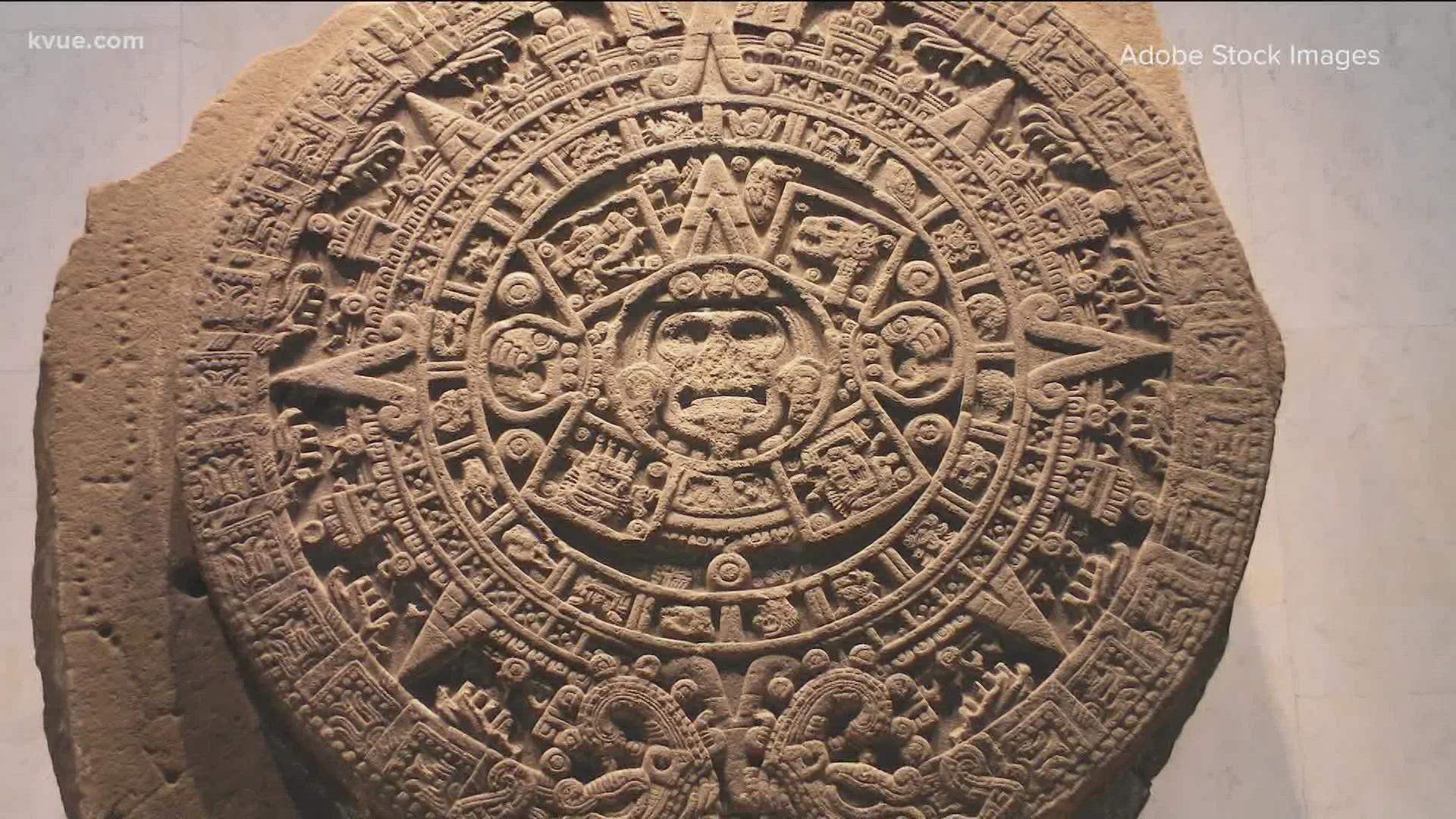AUSTIN, Texas — A team of archaeologists has discovered the earliest known record of the Mayan calendar system. Among them was an art history professor from the University of Texas at Austin.
The team's findings were published in "Science Advances" on April 13, and focus on a fragment found at the Las Pinturas pyramid archaeological site in San Bartolo, Guatemala.
David Stuart is an art history professor and director of The Mesoamerica Center at UT. He was part of identifying the fragment, which he told The Daily Texan comes from a 260-day calendar system used by indigenous groups in Mesoamerica that is still in use today.
Stuart said researchers have recovered thousands of fragments from painted murals from the Las Pinturas site over the past 20 years, including the fragment from the recent discovery.
"They’re using this calendar and they’re using it in this temple that was modified over the centuries," Stuart told the paper. "It’s the same calendar system many Maya people today are still using, without interruption."
According to The Daily Texan, in the 260-day calendar system, days are named using a combination of a number from one to 13 and then one of 20 different words. Stuart told the paper that the recently-discovered fragment features hieroglyphics for the date "7 Deer," which is now the oldest piece of the calendar at over 2,200 years old.
Stuart told The Daily Texan that the researchers used statistical analysis of radiocarbon dating to help determine the time frame of the fragments. He said that advancements in radiocarbon dating over the past two decades have helped to more accurately date the fragment and confirm it as the earliest known record.
"[San Bartolo is] a visual representation of creation and the mythology around creation," Stuart told paper. "We’ve been able to, for the first time, study the origins, or the early stages of Maya art and its connection to religion and mythology."
To learn more, read The Daily Texan's full report.
PEOPLE ARE ALSO READING:

